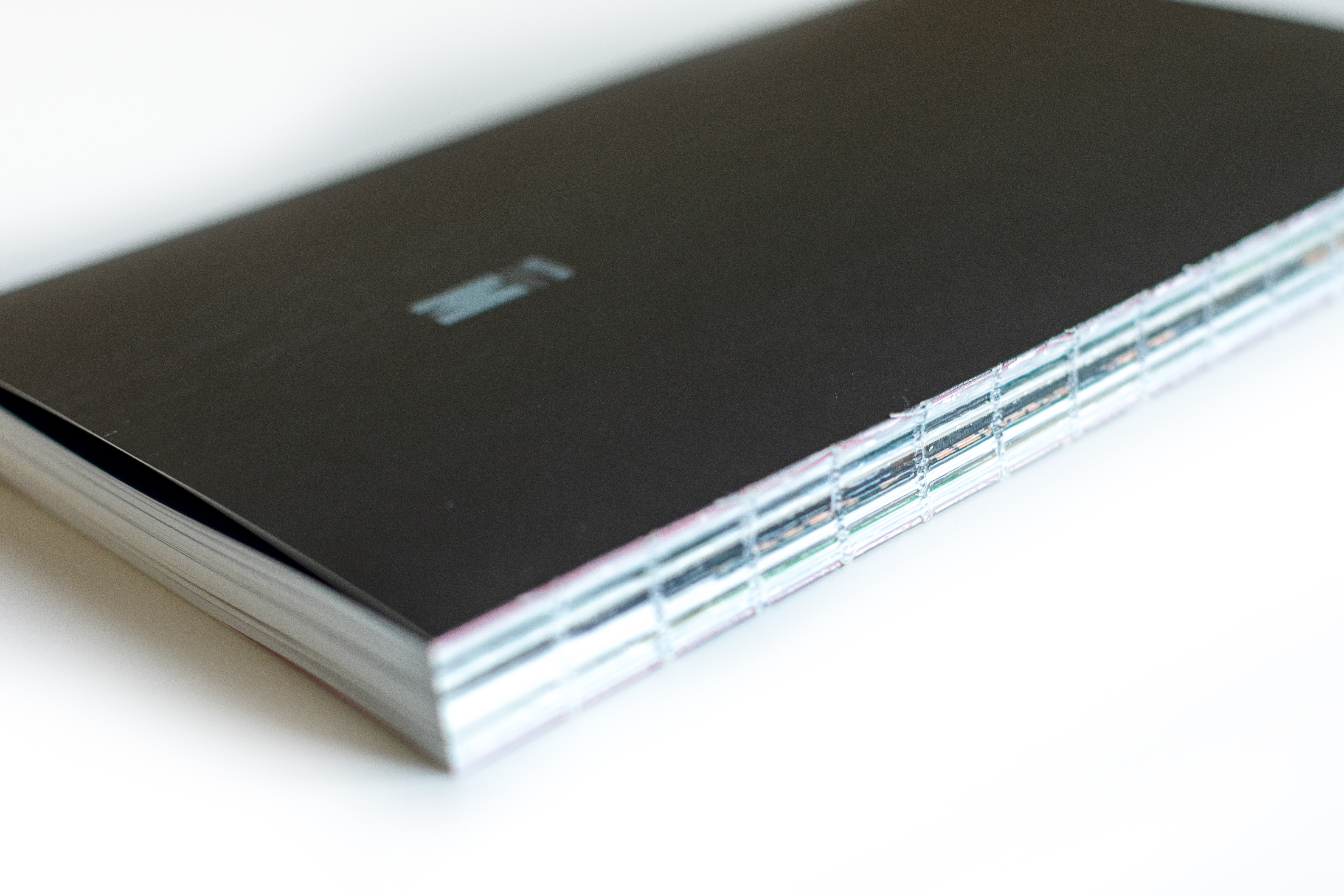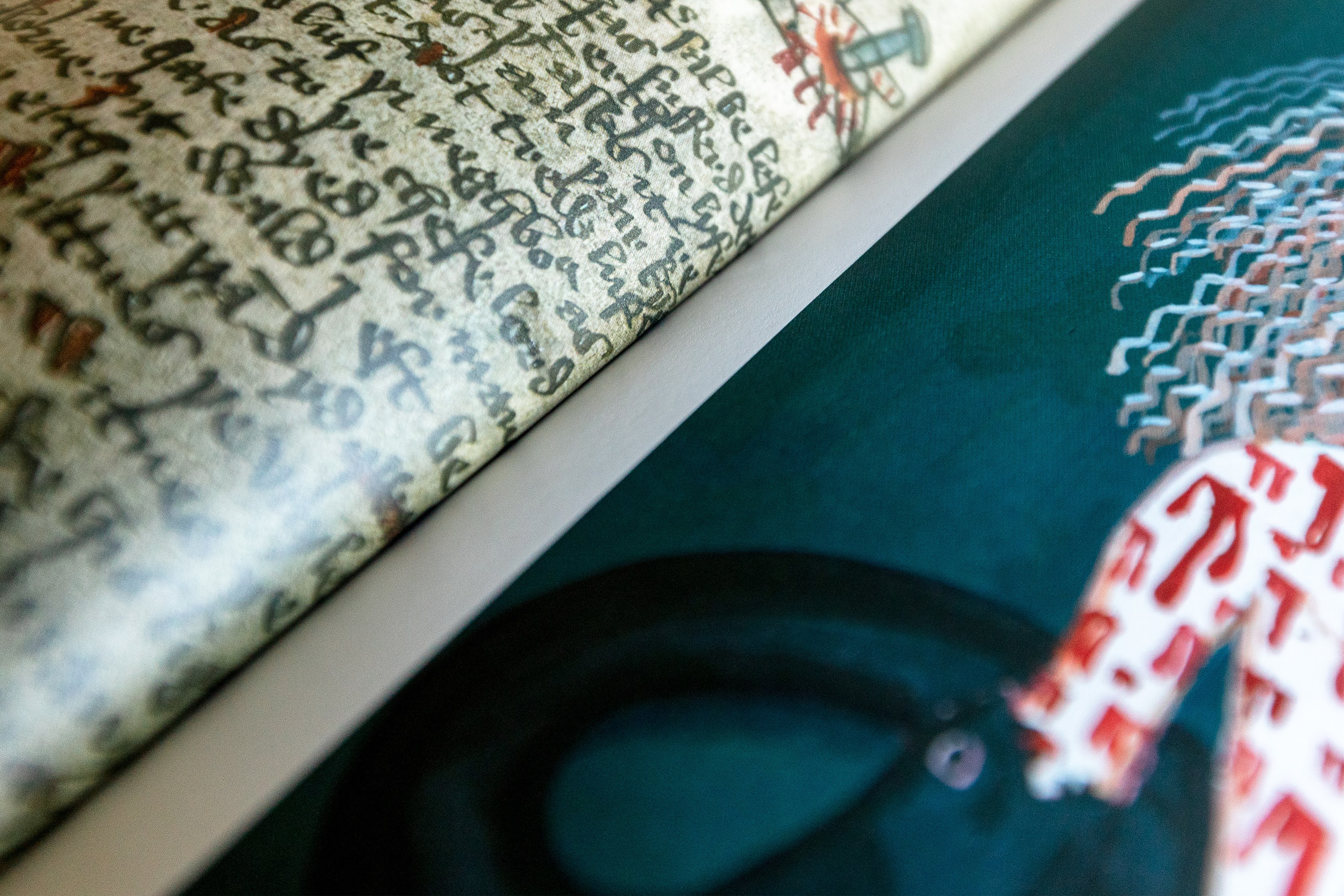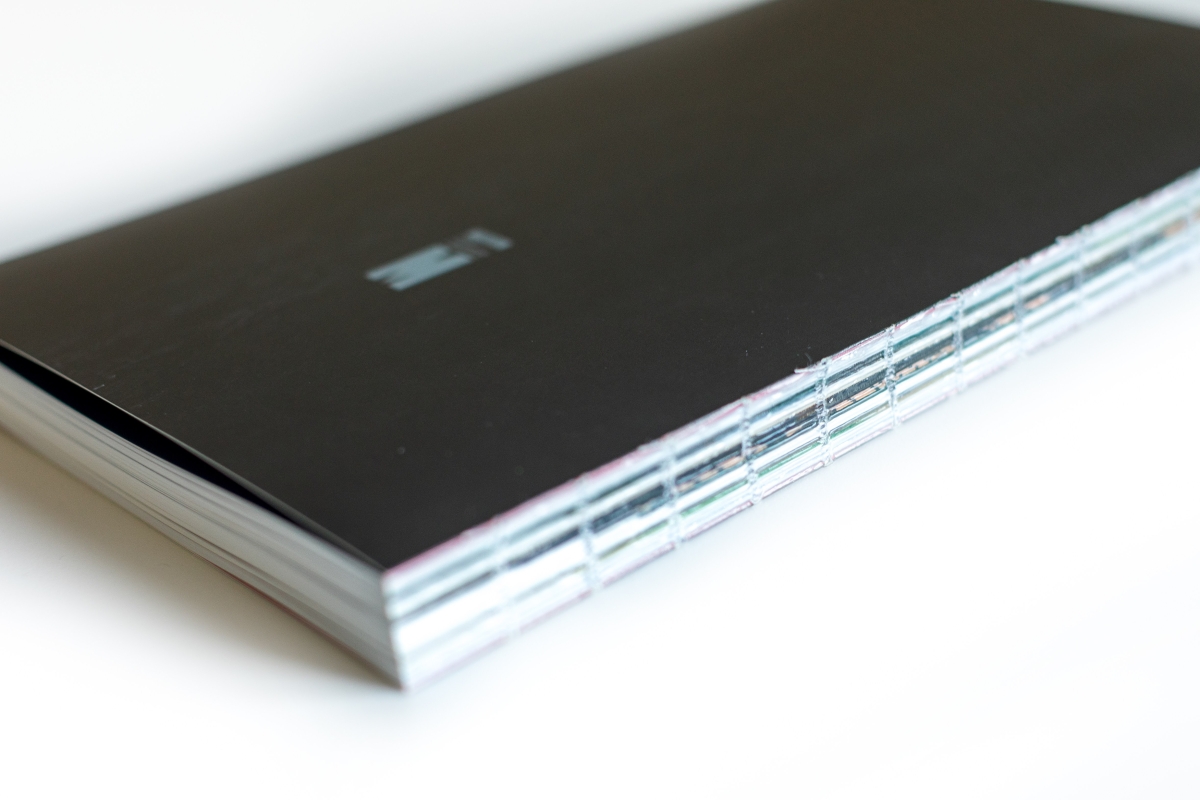check
Produkt dodany do koszyka
.
Przejdź do koszyka
The Dark Arts. Aleksandra Waliszewska and Symbolism MSN
A look at the dark, symbolic work of Polish painter Aleksandra Waliszewska alongside historical artworks that influence her.
Painter Aleksandra Waliszewska creates densely narrative, art historically saturated oil and gouache paintings. Waliszewska’s pictorial universe is populated by supernatural characters and dark themes: devils, vampires, satanic creatures, possessed girls, apocalyptic scenes, bloodthirsty zombies, and other incarnations of the living dead. These characters are situated in dystopian urban landscapes, lost highways, deserted suburbs, gloomy housing estates, swamps, and other sites associated with the Eastern European landscape. Drawing from the specifically Slavic histories of the Upiór (the living dead), Waliszewska claims her artistic and conceptual descendance from premodern art and Symbolist works of the late 19th and early 20th century from Nordic, Baltic, and Eastern European regions.
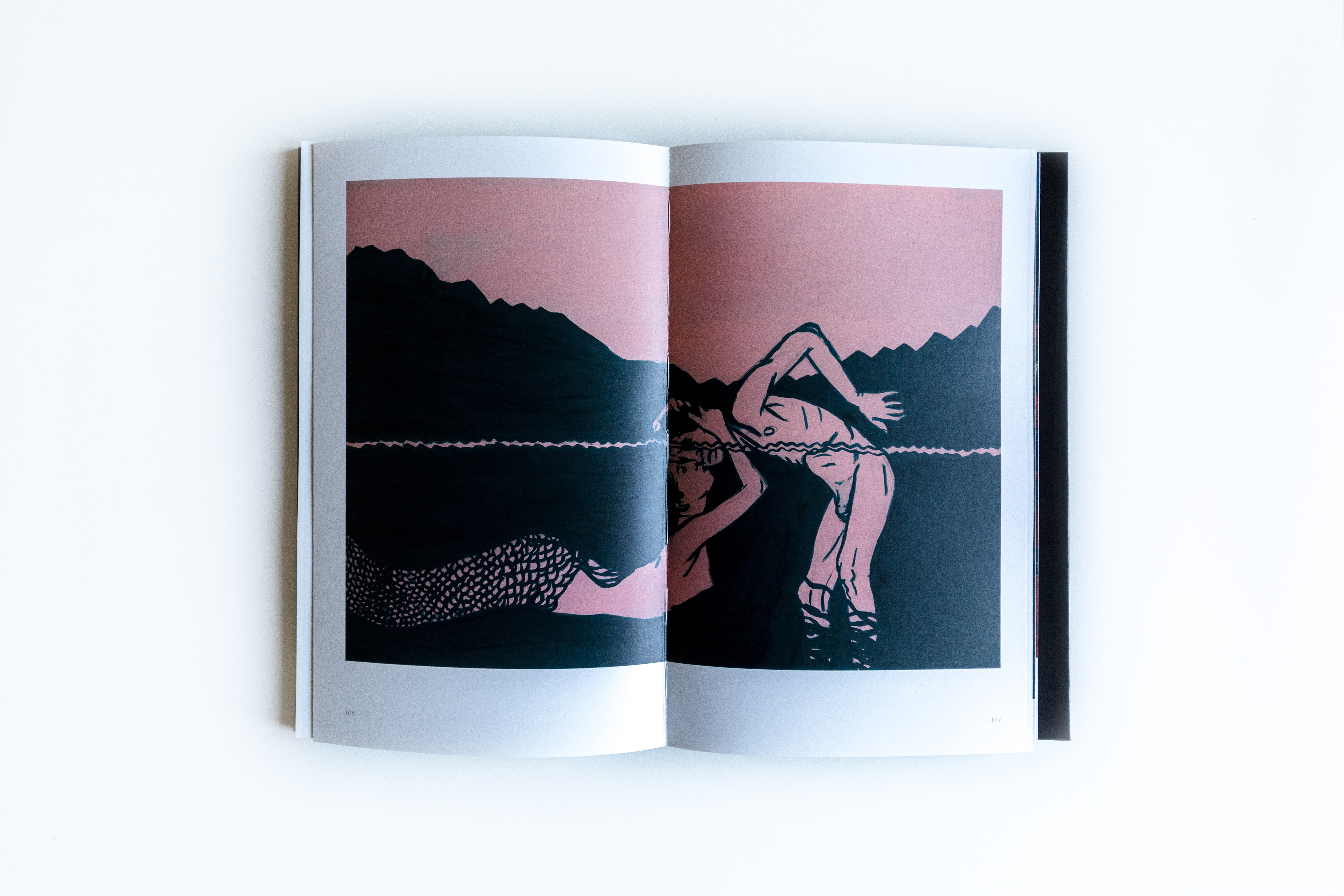
The Dark Arts presents a dense visual narrative, reproducing over a hundred images of Waliszewska’s in juxtaposition with dozens of historical paintings and sculptures. Shifting away from the dominant figures of French and Austrian artists, this revisionist look at Symbolism through an Eastern and Baltic lens will introduce a wider audience to a rich and relatively understudied field of visual culture.
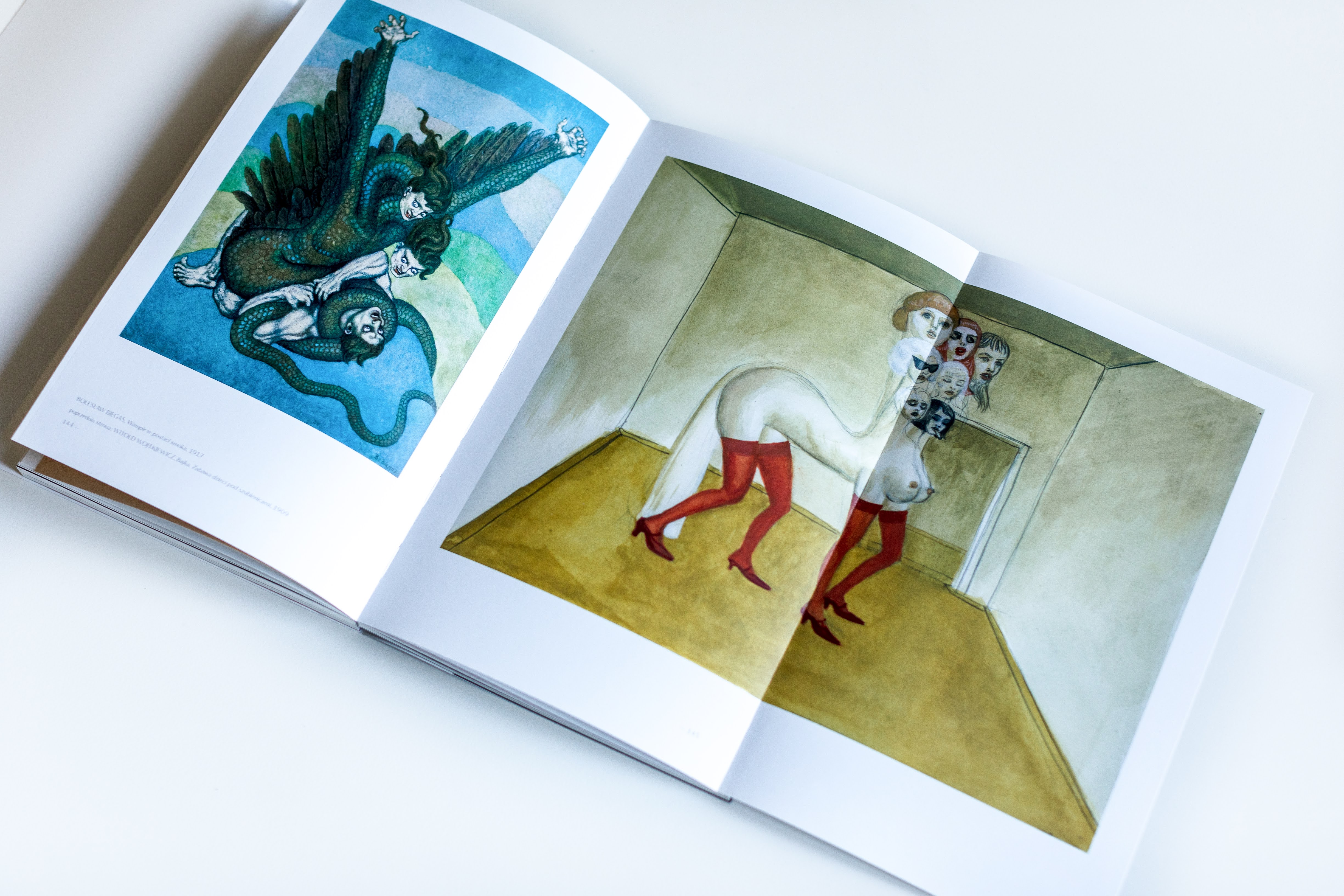
Alison M. Gingeras is a curator and writer. Gingeras has served as curator at the Solomon R. Guggenheim Museum, the National Museum of Modern Art, Centre Pompidou Paris, and Palazzo Grassi, Venice. Currently she serves as an adjunct curator at Dallas Contemporary and a guest curator at Museum of Contemporary Art in Miami in addition to working independently. Known for her scholarly yet anarchic approach to art history, Gingeras organized several groundbreaking exhibitions, such as Dear Painter, Paint Me: Painting the Figure Since Late Picabia at the Centre Pompidou, Paris (2002) and Pop Life at the Tate Modern (2009). In 2021, she curated two monographic exhibitions devoted to Polish born artists of the twentieth century, My Name is Maryan at MOCA Miami and Erna Rosenstein: Once Upon A Time at Hauser & Wirth in New York.
Natalia Sielewicz is an art historian and curator at the Museum of Modern Art in Warsaw. In her exhibitions and essays she undertakes issues related to feminism, technology and affective cultures. Most recently she curated Agnieszka Polska. The Thousand-year Plan (2021), Paint also known as Blood. Women, Affect and Desire in Contemporary Painting (2019). She also curated the Ministry of Internal Affairs. Intimacy as Text (2017), dedicated to affects, autofiction and poetics of confession in literature and visual arts as well as Private settings (2014), one of the first institutional shows analyzing the impact of the Internet 2.0 on the human condition in the age of late capitalism. Curator and producer of performances and film projections, member of the “Sunflower” Solidary Community Center (established in 2022 in partnership with the Blyzkist group after Russia's invasion of Ukraine).
The only distributor outside of Poland is the University of Chicago Press. Information about pre-sale is already available, please visit their website:https://press.uchicago.edu/ucp/books/book/distributed/D/bo186931674.html
